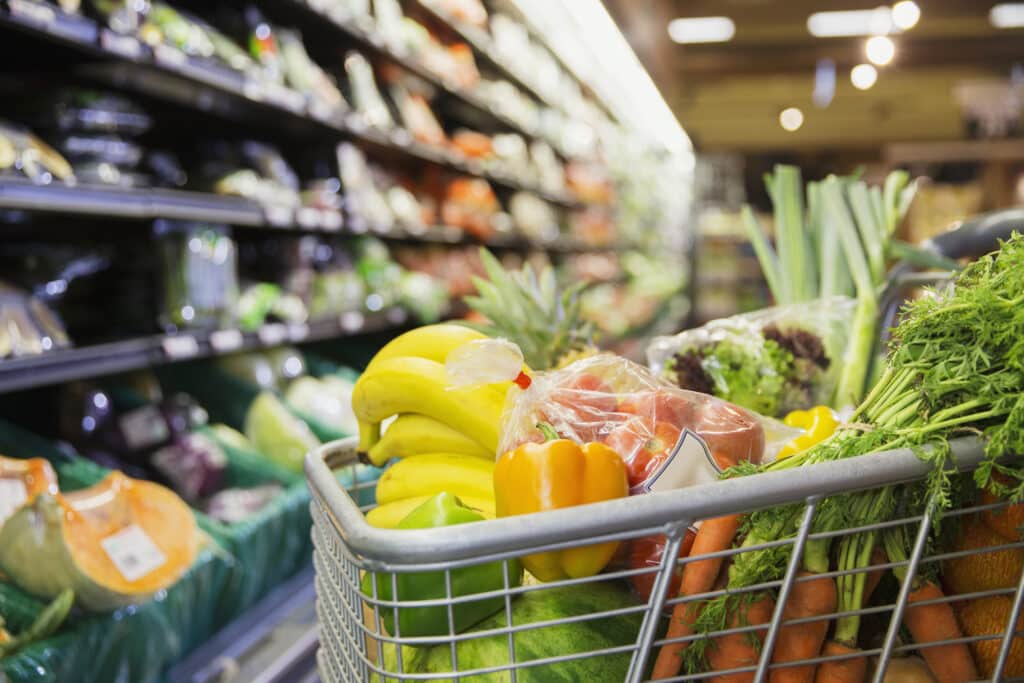Grain prices and farmland prices rise; soybean acres to eclipse corn for first time

This news will catch some attention in Iowa, the nation’s top corn producer, where low grain prices have been a drag on manufacturing and other parts of the economy for years.
The U.S. Department of Agriculture expects a gradual 10-year rise in commodity prices, Successful Farming reports.
And the next decade will see U.S. farmers plant more soybean acres than corn acres, a trend expected to hold through 2027. This year’s plantings should be about even between soybeans and corn, before corn acres gradually fall off.
“Sustained increases in yields keep total production increasing, even for corn, which is expected to lose the most acres over the next decade,” the USDA reported in an analysis of the U.S. leading crops including corn, soybeans, wheat, cotton, rice, sorghum, barley and oats. Soybean plantings are expected to stay at 91 to 92 million acres a year through 2027, while corn falls to 87.5 million acres. This year, corn and soybeans each will cover about 91 million acres.
“These projections are the first in history where soybean acreage is expected to eclipse corn acreage,” the USDA reported.
At the same time, the Federal Reserve Bank of Chicago said farmland prices in the five states in its district increased 1 percent for the year, before adjusting for inflation. Iowa acres gained 3 percent over the year, the most in the district.
“The productivity of district farmland helped stabilize the value of agricultural ground in 2017,” according to the report.
Seventy-six percent of the ag lenders whose responses to a survey shaped the Chicago Fed report expected farmland values to be stable in the first quarter of 2018, while 23 percent expected them to decline and only 1 percent expected them to rise.
Lenders also reported further deterioration in agricultural credit conditions in the fourth quarter of 2017.
The index of non-real-estate farm loan repayment rates was at its lowest level (53) since the third quarter of 2016. Non-real-estate farm loan renewals and extensions in the fourth quarter of 2017 were higher than in the fourth quarter of 2016.
The share of the district farm loan portfolio deemed to have “major” or “severe” repayment problems edged up to 6.1 percent in the fourth quarter, the highest since the early 2000s.
Still, bankers said nearly 98 percent of farm borrowers who had operating loans in 2017 would qualify for the loans in 2018.









